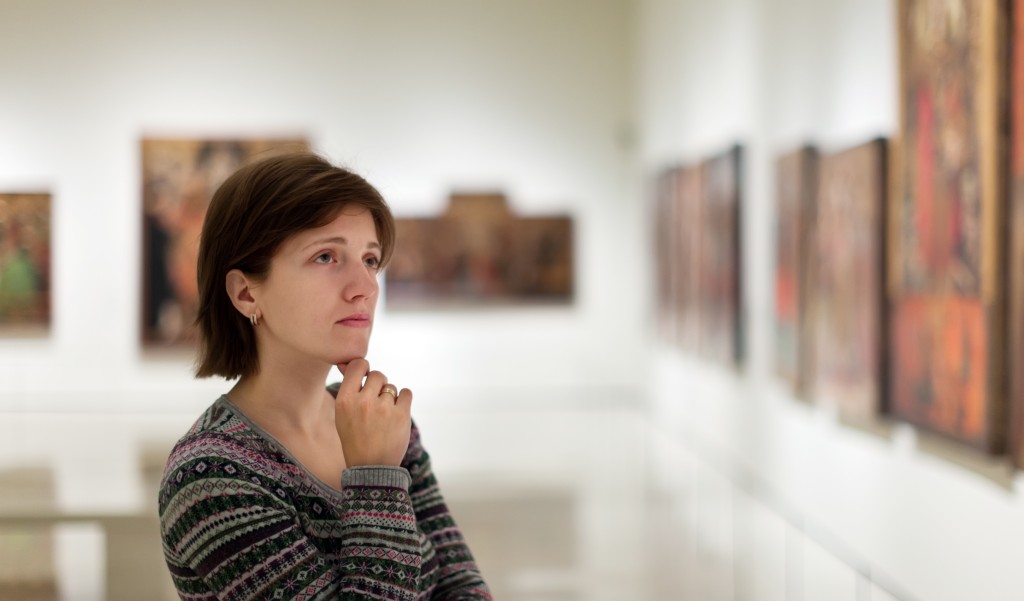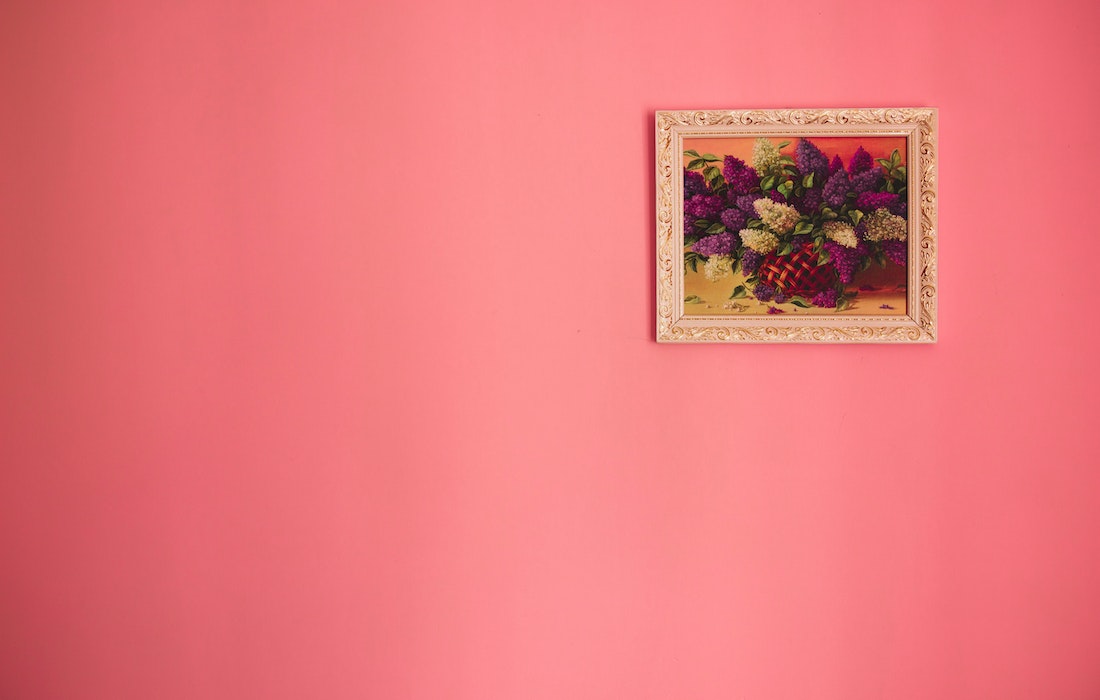Going back to the age before language came into existence, performance gathered people together. They listened as someone spoke of a narrative through bodily gestures. And later on, in humanity’s timeline, communities gathered by the bonfire as they listened to stories of battles and visions, or when they chanted for the rain to come.
Storytelling and listening are innate to human beings. From the beginning of time, stories bonded the community. Nowadays, stories are told in many forms, such as songs, visual arts, drama, and dance, to name a few.
They say the sign of a progressive state is the existence of vibrant arts and cultural scenes. In Minnesota, the scene is one of the most thriving in the entire country. There are venues like theaters, galleries, music centers, and cafes that host programs of varying scales. Through these venues, the community continues to fill their creative souls with award-winning exhibits, performances, and live music in Minnesota.
The venues serve as a space for public discourse. They make art accessible for public consumption, thus fostering cultural progress and expression. Art can provoke, inspire, and generate experiences. It develops an understanding of the Self in the societal context, which, in turn, produces empathy towards Others.
Here is a list of ways to better introduce arts to the public:
1. Integrate art in outdoor spaces.
Outdoor spaces like parks are crucial in every community. It provides a space for people to relax, read, and interact. A park is considered a democratic space, meaning it is free to everyone, regardless of race, beliefs, and political affiliation.
Art is incorporated into outdoor spaces through installations, performances, concerts, and exhibits. Outdoor art can pave the way to the interaction that is centered on cultural understanding. In addition, seeing art outdoors is beneficial in uplifting the psyche of the citizens. The presence of arts and culture will make the citizens feel connected with the place.

2. Invite local and foreign artists to perform.
Being exposed to different artists is similar to being exposed to different cultures and poetics. It encourages the community to think beyond what they know. The revelation teaches them to understand that their truth is not the only truth in the world. The diversity of truths does not necessarily have to cause a misunderstanding, as it could lead people closer to the truth of the universe.
3. Start advocating arts in schools.
Supporting the already existing events and programs in schools is a way of promoting arts. Sometimes, the field of arts is pushed to the background, and the spotlight shines over the other areas of study. Creating this hierarchy causes danger to children’s perception of the arts. Creative students need to know that they have a place in the world and that artists are recognized as well, along with politicians, scientists, and entrepreneurs. Who knows? Encouraging students might lead to the discovery of the next Picasso.
Keeping the arts alive is dependent on the passion of the people in the community. In this digital age, the people of the world are conveniently connected. However, human beings tend to forget the human quality needed to connect. Art was the answer to the challenges in the past, and art remains to be the answer to the challenges now. Support art events in your community.



